Turning the Tables
We’ve spent the past year studying and experimenting with ways to work differently, think creatively, and quickly and easily shift direction. That has already resulted in some better performance than we had anticipated early on.
I was really hoping to wake up on April 1 and find that the past year had been a bad joke. We were all still going to our offices, meeting with our teams in person, traveling to attend conferences and to perform due diligence. No such luck. The April Fool’s joke—and it’s a cruel one—is that after a year we’re still fighting off this pandemic, taking precautions to limit germ transmission and planning for a time when it’s behind us and we can move on. Conditions are improving, but we’re not quite there yet.
When I look back at notes and emails and other records from early last year, they are replete with references to when we’re back “in a couple of weeks,” or at worst, “in a couple of months.” But those plans were for a return to meetings and gatherings and other business as usual. No reason to change. And clearly, that won’t be the case.
However, we will return smarter, more efficient and better able to turn on a dime. Because, after all, it hasn’t been an idle year. We’ve spent it studying and experimenting with ways to work differently, think creatively, and quickly and easily shift direction. That has already resulted in some better performance than we had anticipated early on.
For instance, the capital markets are proving to be healthier than expected, despite the large amount of real estate debt coming due this year. That is largely thanks to controlled actions on the part of both investors and financiers, Moody’s Analytics Head of Commercial Real Estate Economics Victor Calanog told Sibley Fleming for our finance feature “CRE Loan Maturities Cushioned by Willing Lenders.”
Additionally, coworking space is experiencing a rebirth. After initial challenges as people worried about commingling with strangers in open, shared spaces, providers found a selling point in local alternatives to the home office, with a reorientation around small, private work areas. Now traditional office tenants are experimenting with coworking spaces as a flexible component of their return-to-office and expansion plans, according to a number of studies, including one by CBRE published in December.
Industrial real estate needs have also changed, largely due to the significant growth in online shopping that has characterized this pandemic era. One new development is the micro-fulfillment center, a means to locate distribution closer to customers than ever, allowing for faster delivery and greater automation, as Greg Isaacson discusses in “Micro-Fulfillment Centers Present Big Opportunities.” A variety of investors are already eyeing these tiny spaces as the next big thing in an already popular real estate sector.
Such successes are helping to smooth the road to recovery. In that sense, I think we’ve turned the tables on the April Fool’s Day joke—and set ourselves up to better respond to the next challenge that comes our way.

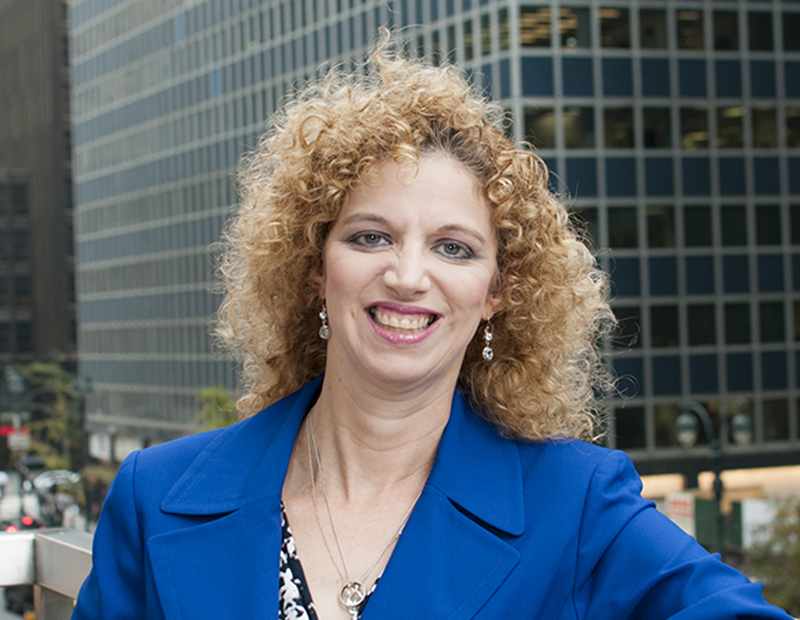
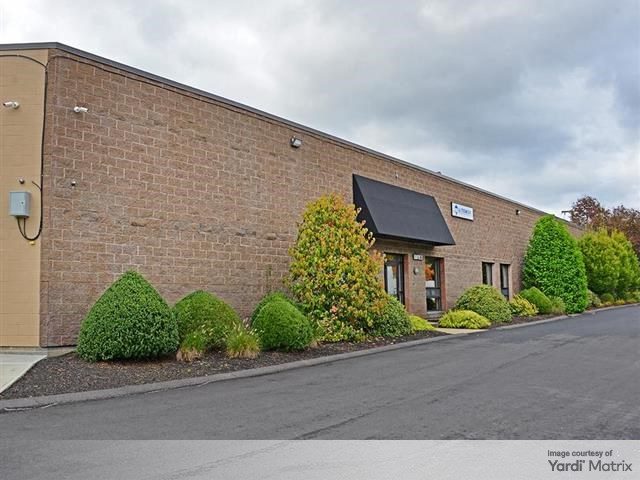

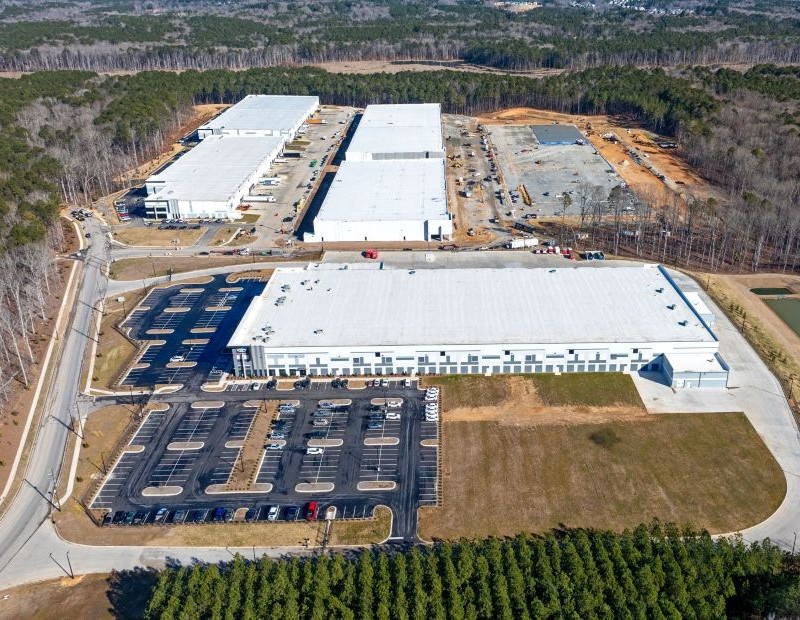
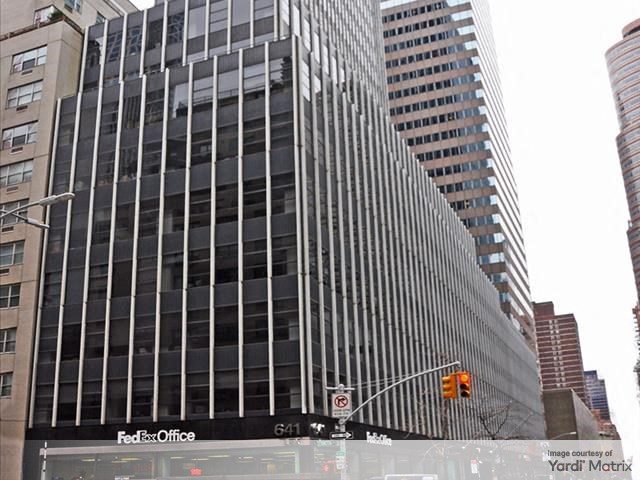
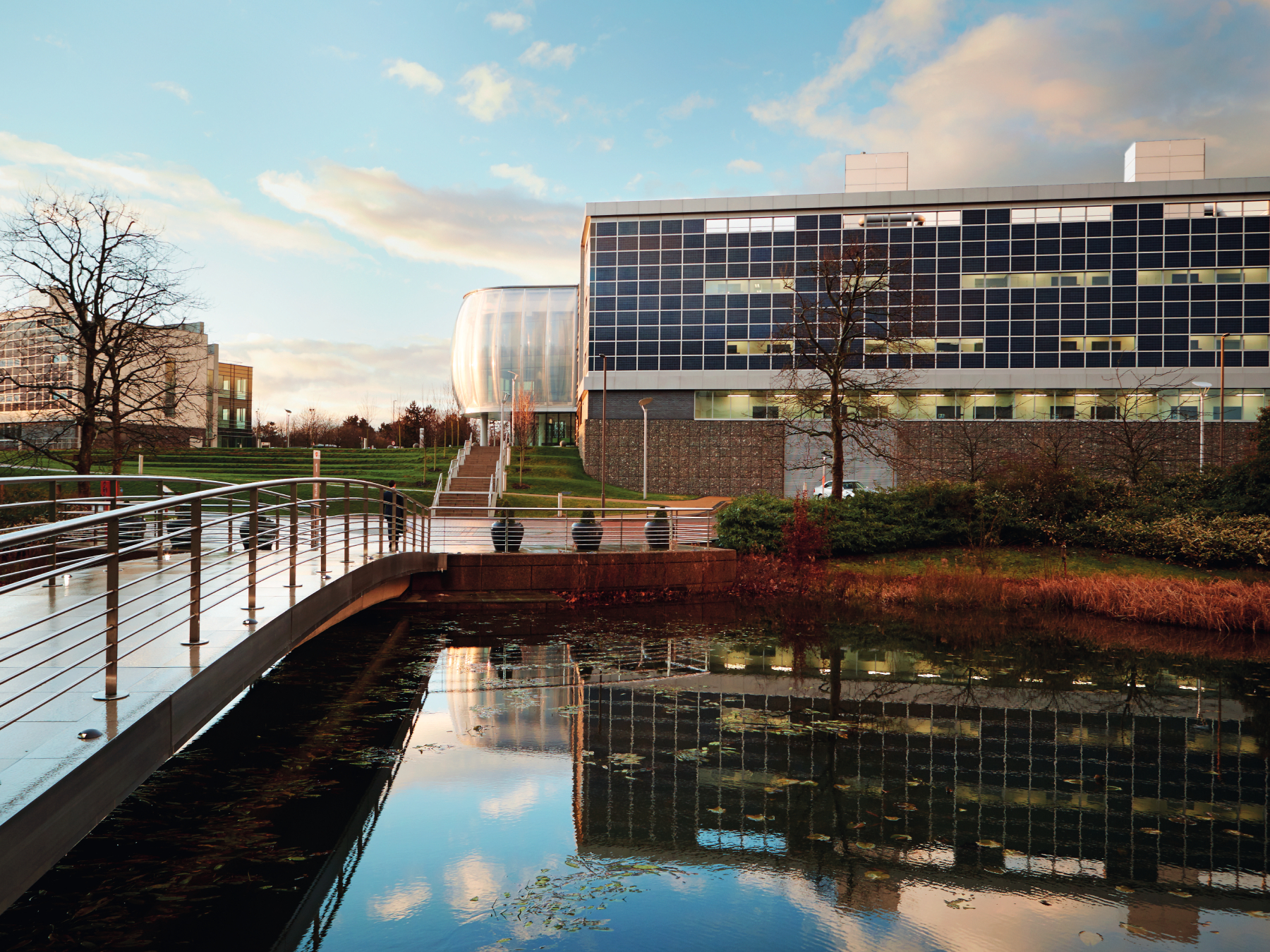
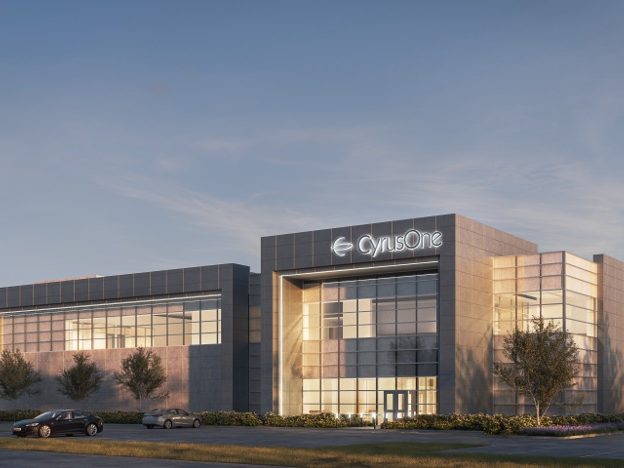

You must be logged in to post a comment.